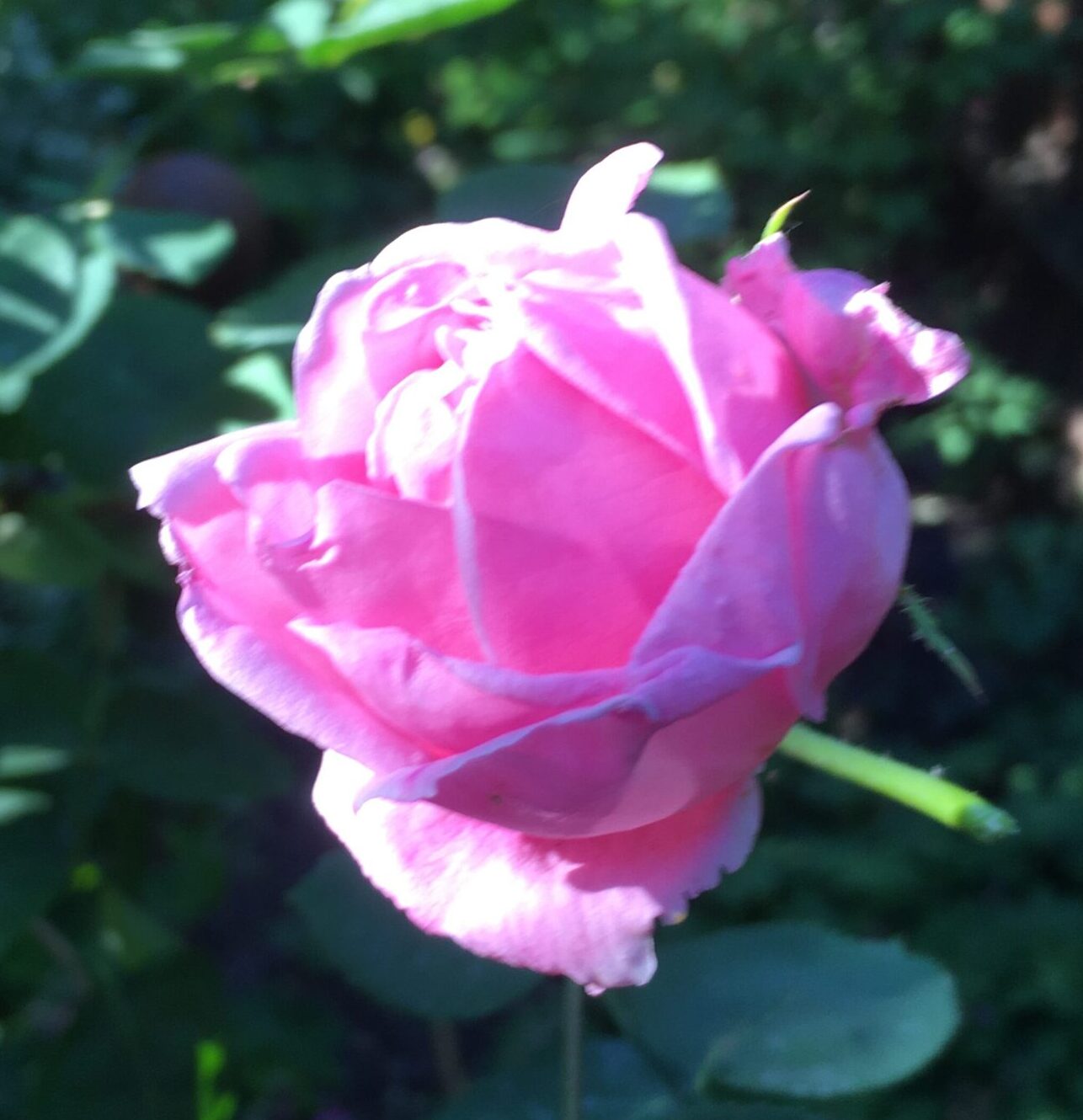Palaeontological Association Field Guide to Fossils No 1
By Margaret E Collinson

I also write book reviews for the website: Geology Book Reviews. Today, I am publishing three book reviews on fossil plants that you might enjoy. This is one is published by the Palaeontologial Association and is a guide to the fossil plants that can be found at places like the Isle of Sheppey. They are from a formation called the London Clay and are about 42 million years old.
Increasingly nowadays, the London Clay Formation is becoming a favourite hunting ground for fossils and several good books have been written about it (for example, London Clay Fossils of Kent and Essex by David Rayner and others).
This guide, written by eminent plant palaeobotanist, Margaret Collinson was the first published by PalAss in its library of guides to (usually) UK fossils for professionals and amateurs alike.
The London Clay Formation is a marine geological formation of Ypresian age (early Eocene Epoch, about 56 and 49 million years ago), which appears in the southeast of England. The fossils from these lower Eocene rocks suggest a moderately warm climate, with the tropical or subtropical flora.
Although sea levels changed during the deposition of the clay, the habitat was generally a lush forest, much like Indonesia or East Africa today, bordering a warm, shallow ocean. Therefore, the London Clay contains (among other things) a rich, diverse and historically important Eocene flora.
Fossil Plants of the London Clay was probably the first guide to provide black and white photographic illustrations identifying over 250 species, including all of the common plant macrofossils, and it is still the best. It covers the modern angiosperm families, whose fruits and seeds are well represented in the London Clay Flora. It also discusses the paleoenvironmental implications of this flora, together with details of 22 locations in the London and Hampshire Basins (many of which still exists). In addition, it supplies notes on collecting and conservation.
The book is aimed at the amateur collector. So if you want a great guide to what you can collect from the London Clay, this guide is definitely for you.
For more book reviews of a geological nature, you can visit Geology Book Reviews. For articles on geology, become you might like to become a member of Deposits Magazine.
Fossils Plants of the London Clay: Guide No 1, by Margaret E Collinson, The Palaeontological Association, London (2002), 121 pages (Paperback), ISBN: 0901702269


